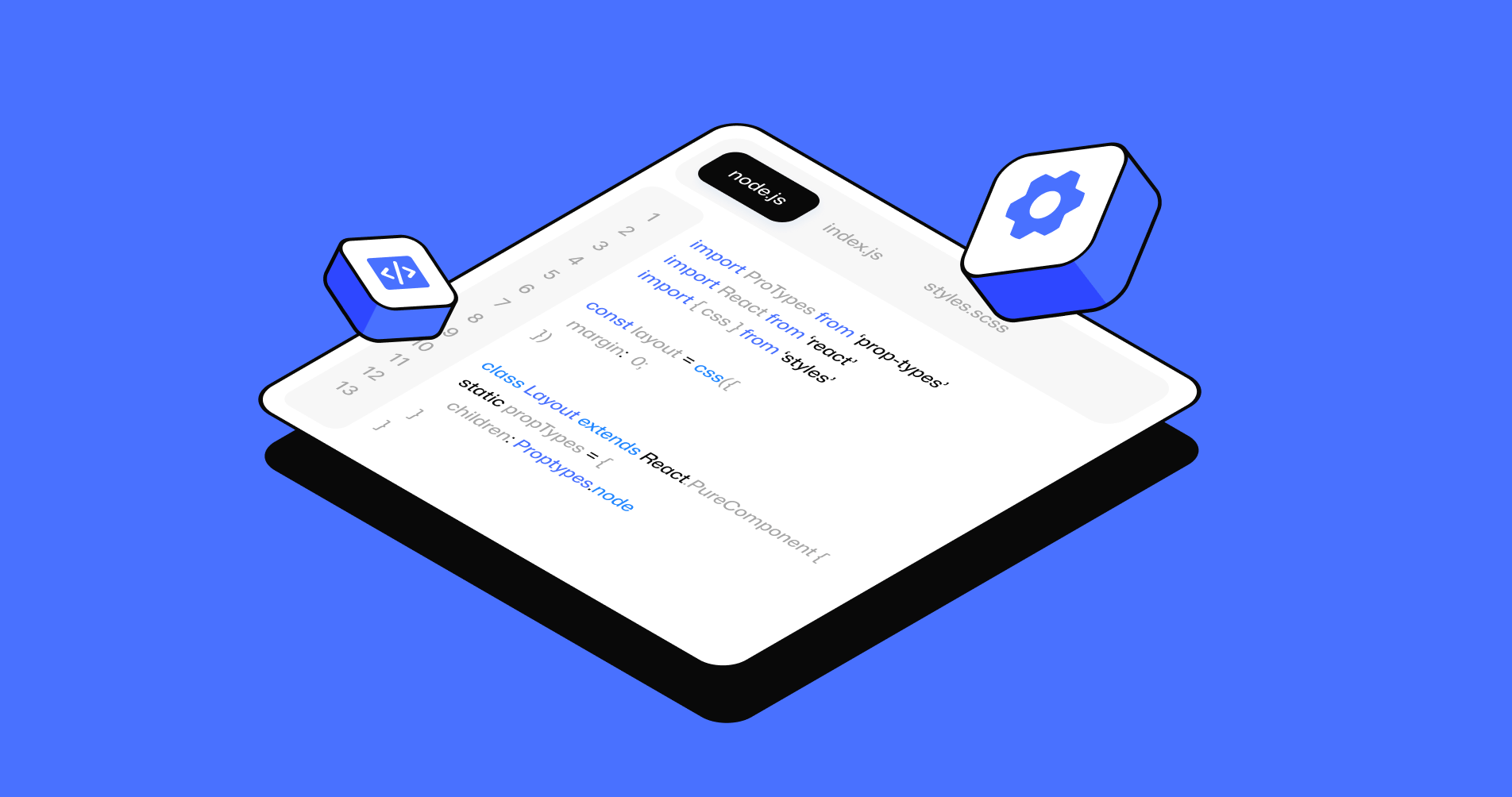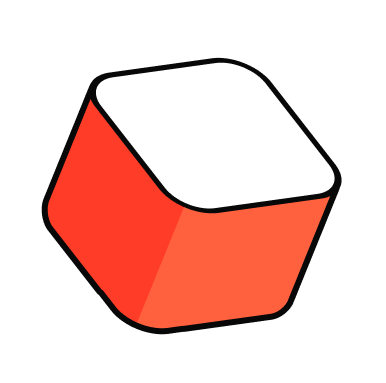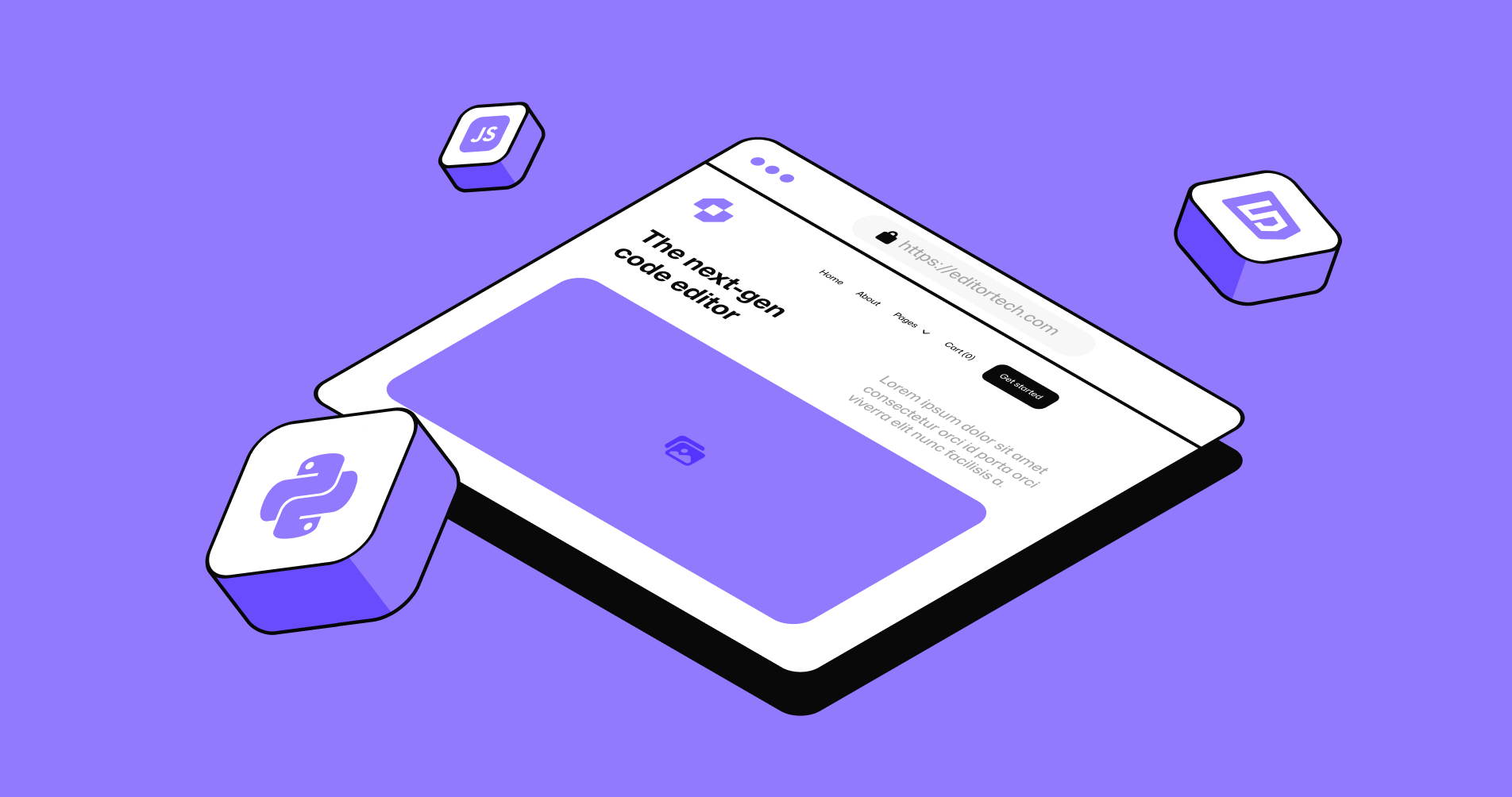
The conversation around AI market research has moved quickly from industry buzz to board-room priority. Business owners are wondering whether they should pour money into cutting-edge analytics platforms or stick with tried-and-true focus groups, depth interviews, and field surveys.
Both routes promise sharper decisions and competitive advantage, but each arrives there in a different way. Below is a practical breakdown, complete with real-world context, so you can weigh the approaches and decide what fits your budget, timeline, and growth targets.
The Rising Stakes for Insight
Markets are shifting in weeks, not quarters. Thanks to social media chatter, e-commerce data streams, and global supply chains, a product that looked like a sure bet in January can feel outdated by spring. That volatility has made timely, trustworthy insight less of a “nice-to-have” and more of a survival tool.
Companies that understand their customers’ changing motivations, fast, are the ones retooling offers, adjusting prices, and refining messaging before surprises eat into margin.
What Sets AI-Powered Research Apart
AI-powered research pulls from oceans of data most of us never see: public social posts, clickstream patterns, e-commerce receipts, even satellite images. Machine-learning models then sift, sort, and flag correlations that would take a human team weeks (or months) to surface.
Key features you’ll notice out of the gate:
- Always-on monitoring: Dashboards update in near real time as fresh data flows in.
- Granular segmentation: Algorithms slice audiences into micro-segments based on behavior, not just age or region.
- Predictive muscle: Models forecast likely outcomes, who will churn, who will upgrade, which SKU will trend next season, so you can act before momentum peaks.
The net impression is speed and volume. Where a conventional analyst may tackle a data set of 5,000 survey responses, an AI system can scan millions of signals overnight, continually learning as fresh information is ingested.
Where Traditional Methods Still Shine
Face-to-face approaches never fully lost their value. A skilled moderator can note hesitation in a respondent’s voice, watch body language, and probe follow-up answers in the moment. Ethnographic shadowing still uncovers work-arounds customers create when products fail them. Traditional research is slower by nature, but that pace sometimes reveals nuance.
Advantages you should not overlook:
- Depth of context: A two-hour interview can unpack emotional drivers behind choices, a goldmine when launching brand stories.
- Clarity on the “why”: Statistical signals explain the “what” and “how much”; live conversations dig into the “why.”
- Representative sampling: Properly randomized phone or in-person surveys still deliver legally defensible data in regulated industries such as pharma or finance.
Strengths and Shortfalls at a Glance
AI-Powered Market Research – Greatest Strengths
- Speed: Preliminary insights often arrive in hours rather than weeks.
- Scale: Tens of millions of data points are feasible without bloating cost.
- Continuous learning: Systems adapt automatically as new data appears.
- Cost per data point: Once the platform is in place, marginal costs plummet.
AI-Powered Market Research – Potential Gaps
- Black-box algorithms: Some models obscure how variables weight into outcomes, complicating audit trails.
- Data bias: If historical data is skewed, the model perpetuates those biases.
- Limited emotion capture: Sentiment analysis has improved, yet sarcasm, cultural nuance, or niche jargon can throw off accuracy.
Traditional Market Research – Greatest Strengths
- Rich qualitative detail: Stories, metaphors, and spontaneous comments illuminate pain points.
- Human interpretation: Researchers can pivot a discussion guide mid-session to explore an unexpected idea.
- Credibility with cautious stakeholders: Some executives still trust “boots on the ground” insight more than algorithmic predictions.
Traditional Market Research – Potential Gaps
- Longer timelines: Recruiting participants, scheduling sessions, and transcribing notes add weeks.
- Resource intensity: Travel, incentives, moderators, and analysts push costs upward.
- Snapshot risk: Findings reflect one moment in time and may fade in relevance quickly.
Budget, Timeline, and Talent Considerations
Many mid-market firms assume AI is always pricey, and early adopter phases used to be. But SaaS models have lowered entry costs. You might license a subscription for less than financing six months of nationwide phone surveys.
The bigger expense comes in hiring or contracting data scientists to refine models and interpret outputs. Meanwhile, traditional research often requires high upfront commitments, facility rentals, professional moderators, participant honorariums, but not a permanent analytics team.
Timeline is another swing factor. If you need direction ahead of next quarter’s product-road-map meeting, an AI dashboard can deliver heat-map-level clarity in a week. If instead you are planning a multi-year rebrand and want intimate stories that anchor positioning, four months of ethnography may pay off in droves.
A Hybrid Path: Best of Both Worlds
Forward-looking brands increasingly blend methods. A common flow looks like this:
- Use AI to scan social media buzz and purchase data, spotting pockets of unmet demand.
- Design focused qualitative interviews to hear customers articulate those unmet needs in their own words.
- Feed interview transcripts back into NLP (Natural-language processing) tools to quantify emergent themes across thousands of comments.
- Test multiple product or campaign concepts through online A/B experiments powered by machine-learning models.
- Validate final creatives with a small, high-touch focus group to capture emotional resonance before launch.
This layered approach guards against blind spots. AI handles breadth; human moderation secures depth. Together they shorten time to insight while preserving empathy.
Choosing the Route That Fits Your Business
Making the call boils down to three core questions, though we promised no explicit list of questions, consider these guiding lenses:
- Strategic urgency: Are you chasing a fleeting trend or optimizing a long-term platform?
- Regulatory environment: Do governing bodies require transparent, audit-ready methods?
- Organizational culture: Will leadership trust machine-generated insight, or do they need the visceral conviction that only firsthand stories provide?
Because no two companies mirror each other’s challenges, your decision matrix may land on a unique mix. A Series-A tech startup often leans heavily on AI for nimble pivoting. A heritage consumer-goods giant might merge AI dashboards with quarterly consumer councils to keep both speed and depth in play.
Final Thoughts
Market research is not a fight between man and machine; it is a collaboration waiting to happen. AI gives you a telescope to scan vast landscapes of real-time behavior, while traditional methods supply the microscope that zooms in on human emotion, cultural nuance, and the unpredictability of everyday life.
When budget, timeline, and internal buy-in align, opting for a hybrid design usually captures the strengths of each. If resources force a choice, let your immediate business objectives guide you: speed and scale point toward AI; depth and narrative steer you toward traditional techniques. Either way, the winner is a decision process grounded in insight rather than hunches, exactly what effective market research, in any form, is meant to deliver.
Subscribe to our newsletter
Get regular updates on the latest in AI search





.png)

